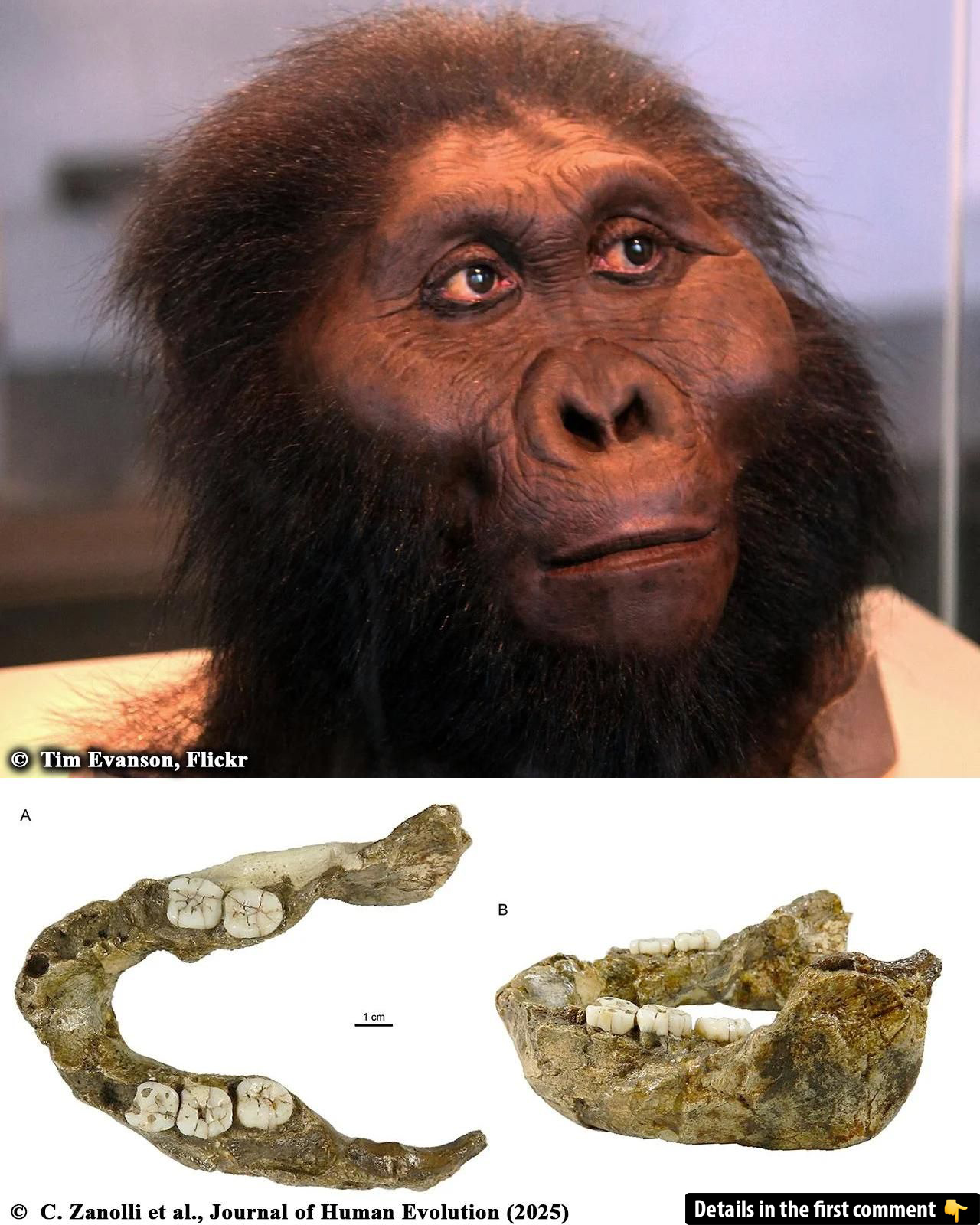A groundbreaking discovery in South Africa has reshaped our understanding of human evolution. A 1.4-million-year-old jawbone, once believed to belong to a different species, has now been identified as belonging to a new species of Paranthropus—Paranthropus capensis. This finding reveals the unexpected diversity among early human relatives, challenging previous assumptions and offering fresh insights into how our ancestors adapted to their environments. This revelation promises to rewrite the history books on human evolution.
Discovery of the 1.4-Million-Year-Old Jawbone in South Africa
The jawbone, designated SK 15, was originally discovered in 1949 in the Swartkrans cave system, an important archaeological site rich in hominin fossils. Located in southern Africa, Swartkrans has yielded valuable specimens of early human relatives, including Homo ergaster and Homo habilis, as well as various species of Paranthropus. At the time of its discovery, SK 15 was believed to belong to Homo ergaster, one of humanity’s earliest ancestors. By the 1960s, the fossil was formally attributed to this species. However, new advances in technology have allowed researchers to take a fresh look at this specimen and reconsider its identity.

In recent years, researchers led by paleoanthropologist Clément Zanolli from the University of Bordeaux have re-examined the fossil using high-resolution X-ray scans and 3D modeling. These cutting-edge techniques have enabled a detailed analysis of the jaw’s shape, tooth size, and internal structure, revealing that the fossil did not belong to Homo ergaster after all. Instead, it was identified as part of the Paranthropus genus, which had been characterized by its powerful jaws and large teeth, suitable for grinding tough plant material.

Video
Watch Mysterious 1.4-Million-Year-Old Fossil Reveals A Completely New Human Species! to uncover this groundbreaking discovery in human evolution. Don’t miss it!
The Re-Examination of the Fossil: Technological Advances
The re-evaluation of SK 15 was made possible by the advancements in modern scanning technology, which have revolutionized how paleontologists analyze fossils. In particular, X-ray scanning and 3D modeling allowed Zanolli’s team to examine both the external and internal structure of the jawbone in extraordinary detail. By analyzing the tooth morphology and the density of the dentine, the researchers were able to identify key differences between this specimen and previously known species within the Paranthropus genus.
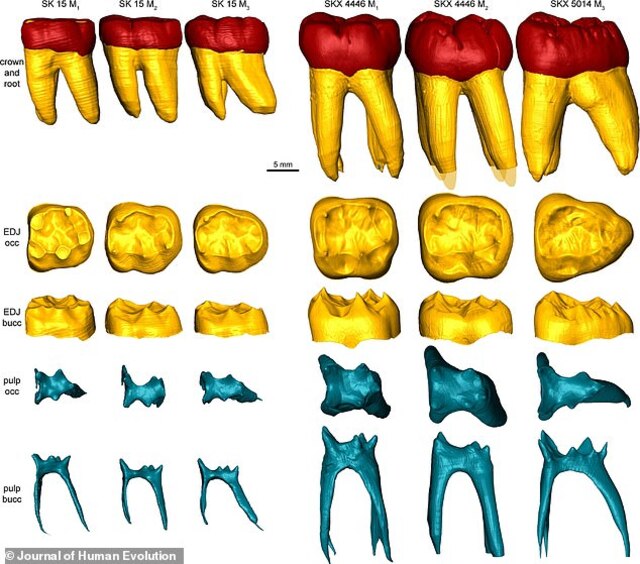
The most significant finding was that SK 15 had a smaller and more gracile jaw compared to other Paranthropus species. Unlike Paranthropus aethiopicus, Paranthropus boisei, and Paranthropus robustus, which lived between 2.7 million and 1 million years ago and exhibited robust jaws and large molars, the jaw of SK 15 was more slender, with smaller teeth. These distinctive features led the researchers to propose that SK 15 belonged to a new species, which they named Paranthropus capensis.
Paranthropus Capensis: A New Species Unveiled
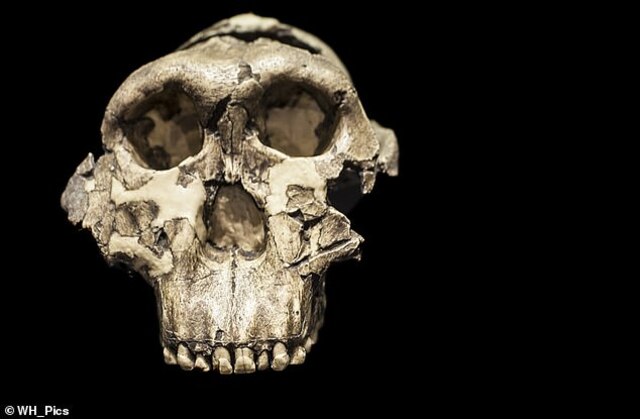
Paranthropus capensis represents a significant departure from the more robust species in the Paranthropus genus. The genus Paranthropus, often referred to as “nutcracker men” due to their large jaws and molars, has long been associated with a diet of tough plant material, such as seeds and roots. However, the discovery of Paranthropus capensis suggests that early human relatives exhibited a greater range of ecological adaptations than previously thought.
The smaller and more gracile features of P. capensis suggest that it may have had a more varied diet and potentially occupied a different ecological niche than its more robust cousins. This opens up new possibilities for understanding the dietary diversity and behavioral adaptations of early hominins. Researchers hypothesize that P. capensis may have exploited a wider range of food resources, perhaps including softer plant material or even small amounts of meat.
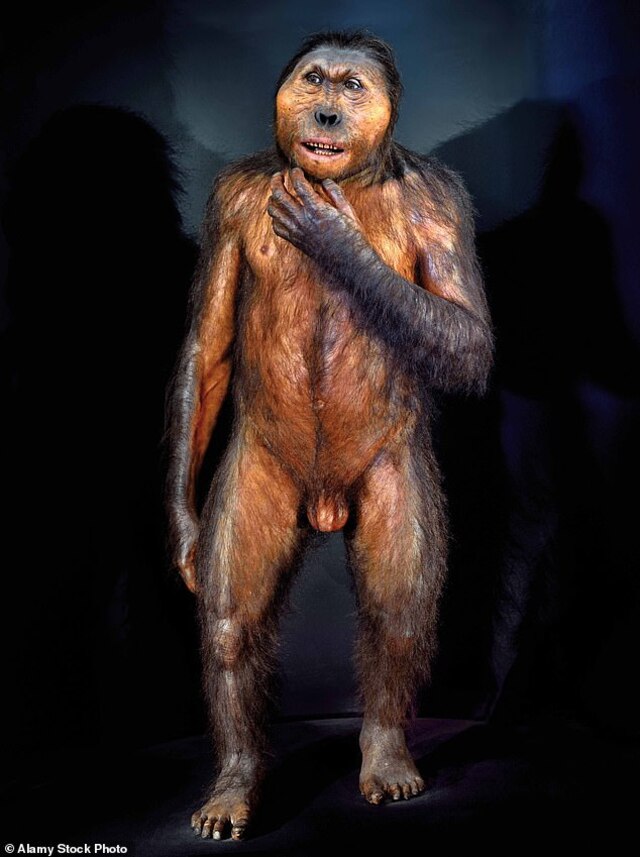
Ecological and Dietary Implications of Paranthropus Capensis
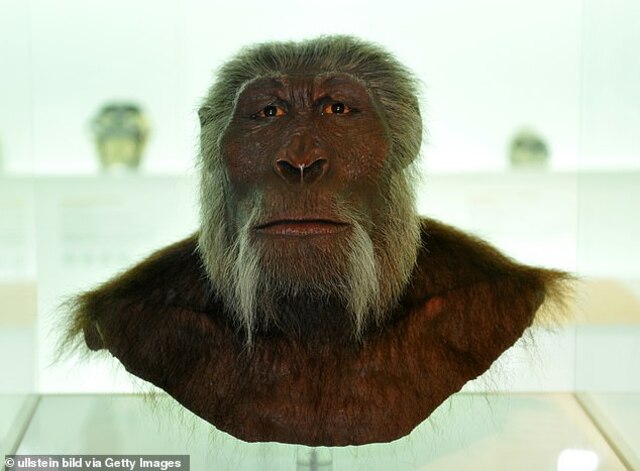
The smaller jaw and teeth of Paranthropus capensis imply a shift in dietary habits compared to other Paranthropus species. While the larger, more robust species, such as Paranthropus boisei and Paranthropus robustus, likely relied on tough, fibrous vegetation that required powerful jaws for grinding, P. capensis may have adapted to a less specialized diet. This suggests that different Paranthropus species may have coexisted in southern Africa around 1.4 million years ago, occupying various ecological niches and competing for different resources.
It is possible that the more slender P. capensis was able to survive on a broader range of food sources, allowing it to thrive in different environments and perhaps coexist alongside its more robust relatives. This discovery challenges the idea that Paranthropus species were all specialized feeders, instead painting a picture of a diverse and adaptable group of hominins.
Coexistence of Multiple Paranthropus Species in Southern Africa
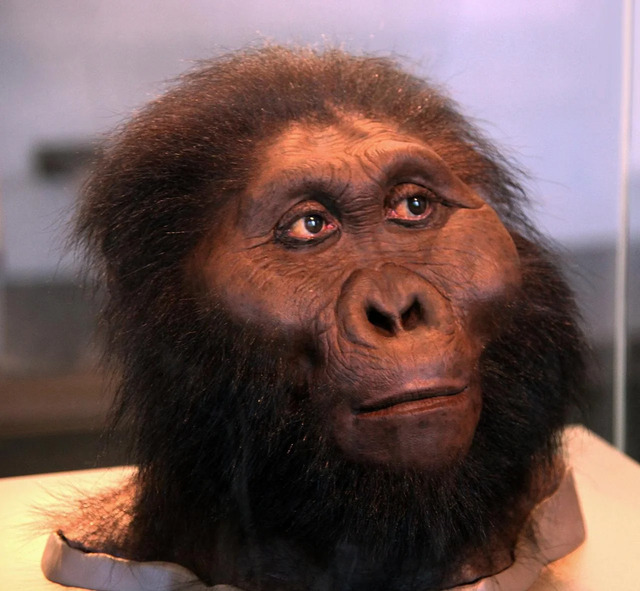
The identification of Paranthropus capensis has significant implications for our understanding of hominin diversity. It suggests that multiple species of Paranthropus may have coexisted in southern Africa during the late Pliocene and early Pleistocene epochs. These species may have lived in different habitats or exploited different food sources, which would have minimized competition and allowed for their simultaneous existence.
The discovery of P. capensis also raises the possibility that other fossils previously attributed to Paranthropus robustus may, in fact, belong to P. capensis. Researchers suggest that further examination of fossil collections from Swartkrans and other nearby sites may reveal additional specimens of P. capensis, helping to refine our understanding of the species and its role in early human evolution.
Evolutionary Insights: What the New Discovery Means for Human Ancestors
Paranthropus capensis is not a direct ancestor of modern humans, but its discovery offers important insights into the evolutionary history of our genus. Paranthropus species are believed to have evolved from Australopithecus, the genus that also gave rise to Homo. While Paranthropus ultimately reached an evolutionary dead end, the diversity of species within the genus suggests that early hominins were experimenting with different evolutionary paths.
The extinction of Paranthropus species, including P. capensis, is thought to have been influenced by a combination of factors, including their specialized diets and competition with other hominin species, such as early Homo. As Homo species, with their larger brains and more generalized diets, began to dominate, Paranthropus species were eventually replaced.
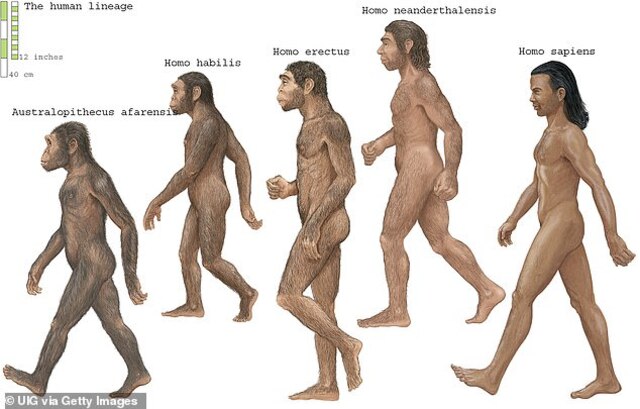
The Future of Paranthropus Research
The discovery of Paranthropus capensis opens new avenues for research into early human evolution. Although only the jawbone of P. capensis has been found so far, there is hope that further fossil discoveries in southern Africa will provide more insight into this enigmatic species. Future excavations in the Swartkrans cave system and other nearby sites could reveal additional specimens that may help scientists better understand the ecological and behavioral characteristics of Paranthropus.
In addition, this discovery may inspire researchers to revisit previously studied fossils, potentially identifying additional members of the Paranthropus genus that were previously overlooked or misidentified. With advancements in technology, the study of ancient hominins is entering a new era, one that promises to reveal even more surprises about our distant relatives.
Video
Watch Our Common Neanderthal Ancestor Could Be a Million Years Old to explore this intriguing discovery in human evolution. Don’t miss it!
Conclusion: Revising Human Evolutionary History
The discovery of Paranthropus capensis is a game-changer in the field of paleoanthropology. This new species, with its smaller jaw and teeth, challenges long-held assumptions about the diversity of early hominins and provides new insights into the dietary and ecological adaptations of our ancient relatives. As more fossils are discovered and analyzed, we will continue to refine our understanding of the complex evolutionary history that led to the emergence of modern humans. The story of Paranthropus capensis is just one chapter in the ongoing saga of human evolution, a story that continues to unfold with each new discovery.
